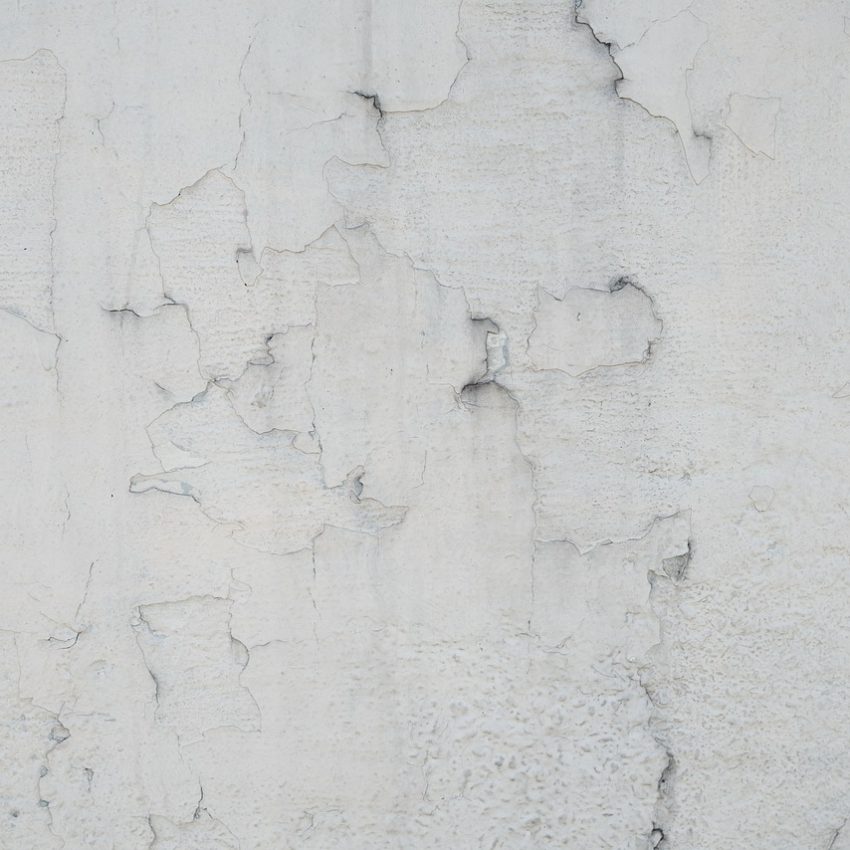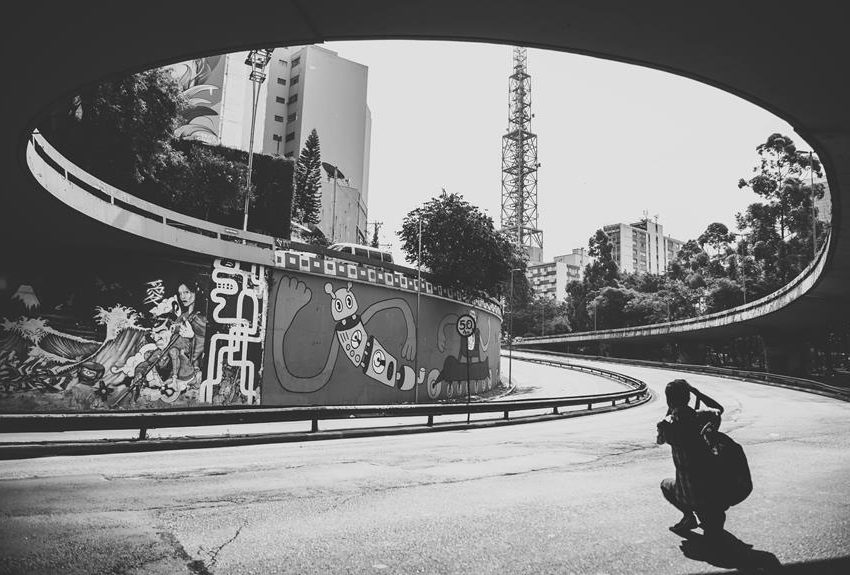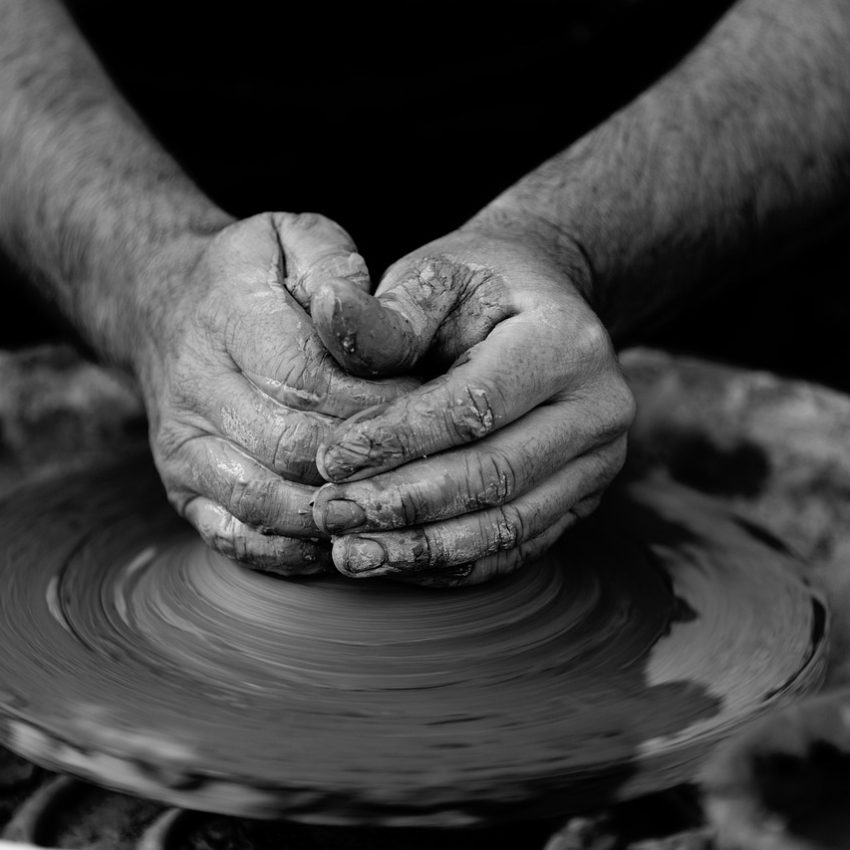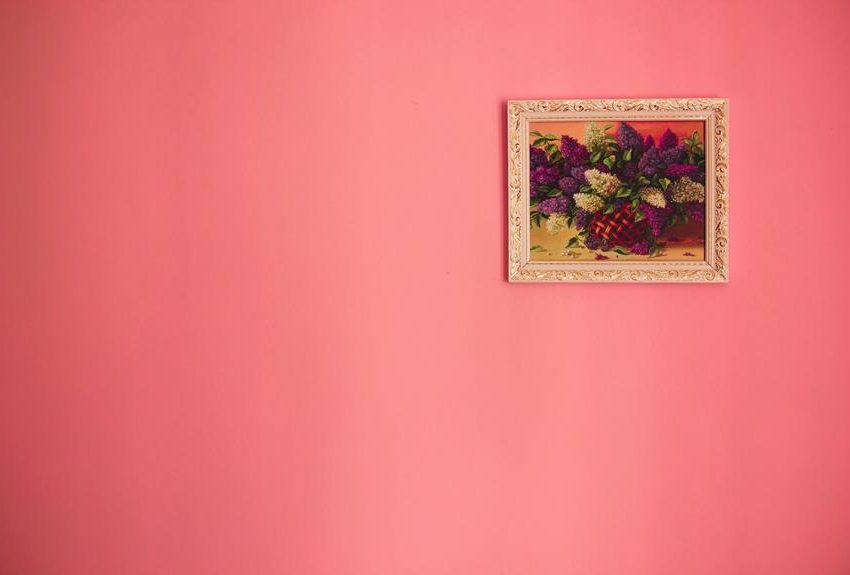Exploring Realism in Art
Realism in the arts generally aims to represent subject matter truthfully, without artificiality, and without speculative or supernatural elements, a principle that underpins both the realism art movement and social realism.
While often used interchangeably with naturalism, the two terms are not synonymous, with the realism art movement placing a greater emphasis on depicting everyday life without idealization, an approach greatly influenced by writers like Zola.
Naturalism in Western art emphasizes the faithful depiction of objects with minimal distortion.
It is closely associated with the evolution of linear perspective and illusionism during the European Renaissance.
Realism, while rooted in naturalistic portrayal and a departure from the idealisation prevalent in earlier academic art, commonly denotes a distinct art historical movement that surfaced in France following the French Revolution of 1848.
Artists like Gustave Courbet, notorious for his *Burial at Ornans* (1850), highlighted the mundane, the ugly, and the sordid, driven by a renewed interest in the common man and the rise of leftist politics, embodying the essence of ugliness and unidealized reality in their works.
Realist painters turned away from Romanticism, which had held sway over French literature and art since the late 18th century.
Origins
Until the nineteenth century, Western art was dominated by the academic theory of History painting and High art (grand manner), which was challenged by French realism and the realism art movement, focusing on the lives of the lower class.
Artistic conventions governed both style and subject matter, often yielding artworks that seemed artificial and detached from reality.
However, the rise of naturalism brought a shift towards realism, focusing on subjects outside the traditional realm of high art.
The term “realism” was introduced by the French novelist Champfleury in the 1840s and embodied in the work of his friend, the painter Gustave Courbet.
Realist subject matter encompassed scenes of peasant and working-class life, urban street scenes, cafes, popular entertainments, and an increasingly candid depiction of the human body and sexuality.
This gritty choice of subjects, combined with a naturalistic approach, shocked the predominantly upper and middle-class art audiences.
Realism also refers to a more general stylistic approach characterized by sharply focused, almost photographic painting, regardless of subject matter, celebrating the lifelike representation of ordinary life.
An example of this is the early Pre-Raphaelite work, such as John Everett Millais’ “Ophelia.”
Visual Arts : Realist Artists
Gustave Courbet
Gustave Courbet, with his work like After his large canvas *The Studio* (1854–55) was rejected by the Exposition Universelle of 1855.
He displayed it and other works in a specially constructed pavilion under the label “Realism, G. Courbet.” Courbet strongly opposed idealization in art, urging other artists to focus on the commonplace and contemporary.
He saw the frank portrayal of everyday life, especially that of the lower class, as truly democratic art, embodying the essence of social realism.
His paintings, such as *Burial at Ornans* (1849) and *The Stone Breakers* (1849), exhibited in the Salon of 1850–51, shocked the public and critics with their unadorned, factual depictions of humble peasants and laborers.
Courbet’s refusal to glorify his subjects, instead presenting them boldly and starkly, sparked a violent reaction in the art world.
Barbizon School painters
The style and subject matter of Courbet’s work were influenced by the groundwork laid by the Barbizon School painters.
In the early 1830s, artists such as Théodore Rousseau, Charles-François Daubigny, and Jean-François Millet settled in the French village of Barbizon, aiming to faithfully reproduce the local landscape’s character.
While each painter had his unique style and interests, they collectively emphasized the simple and ordinary aspects of nature over the grandiose and monumental.
Rejecting melodramatic picturesqueness, they painted solid, detailed forms based on close observation.
Millet, in particular, was one of the first artists to portray peasant laborers with a grandeur and monumentality previously reserved for more important figures, as seen in works like *The Winnower* (1848).
Honoré Daumier
Even preceding the coherent emergence of Realism in the 1840s, Daumier’s prints and caricatures already grappled with the social injustices that would later permeate the works of Courbet and his contemporaries.
The insurrection against the monarchy of Louis Philippe I reached a climax in April 1834 when a police officer was killed during a riot in a working-class neighborhood, a scene that could belong in the stark, unidealized narratives of Zola.
In retaliation, government forces brutally massacred the residents of the building where the alleged perpetrator was thought to be hiding, an event that might be depicted in the genres of social realism or socialist realism to highlight themes of injustice and class struggle.
In his print “Rue Transnonain,” Daumier vividly depicted the aftermath of this government brutality.
The emotionally charged image captured the grossly disproportionate reaction of the authorities, focusing on the lifeless bodies of unarmed civilians, including a father lying atop his deceased child.
This poignant portrayal, ripped from the headlines, served as a scathing critique of the monarchy’s excesses, aligning with Realism’s mission to challenge traditional power structures.
Manet and the Evolution of Realism
Following Courbet’s succès de scandale at the Salon of 1850-51, marked notably by his work His painting, Le déjeuner sur l’herbe.
Exhibited at the Salon des Refusés in 1863, stirred public outcry with its depiction of two well-dressed Parisian dandies entertaining two women—one naked, one semi-naked—at an outdoor picnic.
This scene was linked to prostitution in the Bois de Boulogne, a park where middle-class men often engaged with hired escorts, reflecting the fascination with the sordid and ugly aspects of bourgeois society found in European art’s realist movement.
The social scandal generated by this provocative tableau was intensified by Manet’s stylistic choices.
He combined a figural group borrowed from Old Master works with the flattened, snapshot aesthetic of Realism, infuriating many art critics with this modern realism approach.
By highlighting the false refinement of wealthy Parisian society—juxtaposing the nudes in its museums with the naked call girls in its forests—Manet modernized classic painting.
His distortion of perspective, rejecting the Renaissance convention of the canvas as a “window onto the world,” paved the way for the formal experimentation of Impressionism and later art movements.
Whistler and the Principle of "Art for Art's Sake"
James McNeill Whistler, although often associated with Realist artists for his direct style and rejection of academic standards, was a strong advocate for “art for art’s sake.”
He believed art should be appreciated purely for its aesthetic value, independent of emotions like devotion, pity, love, or patriotism.
Whistler titled his paintings with musical terms, such as *Symphony in White*, to emphasize harmony and form, anticipating the 20th-century link between music and abstract art by artists like Braque and Kandinsky.
Despite his intentions, critics often read deeper meanings into his works, interpreting elements like the girl’s disheveled hair and dropped bouquet in *Symphony in White* as symbols of lost innocence.
Whistler resented such interpretations, maintaining that his art had no hidden content beyond what was on the canvas.
Ilya Repin
Realism’s political resonance influenced art across Europe, with artists highlighting social inequality in their own countries.
In Russia, Ilya Repin became renowned for his empathetic depictions of peasant life following Tsar Alexander II’s 1861 reforms.
His painting *Barge Haulers on the Volga* shows destitute workers pulling a ship upstream, symbolizing the strength of the Russian spirit.
The central figure stepping out of line suggests the potential for escape from lower-class toil, balancing Tsarist approval with a utopian vision.
This work foreshadowed early 20th-century tensions in Russia.
Eakins and American Realism
Thomas Eakins’s eight-foot portrait of surgeon Samuel Gross is a landmark of American Realism.
Its graphic depiction of a surgical operation contrasted sharply with the sanitized decorum of earlier works like Rembrandt’s *The Anatomy Lesson of Dr. Nicolaes Tulp* (1632).
Although considered too graphic for the 1876 Centennial Exhibition in Philadelphia, the painting’s power and vigor were undeniable.
Eakins, following the Hudson River School’s Romantic landscape tradition, became a key figure in American Realism, contributing significantly to the artistic movement in the United States.
His influence extended to the Ashcan School painters, particularly those from his hometown of Philadelphia, who admired his objective and observational style.
Realism in Theatre
Realism in theatre was a movement in the late 19th century that sought to bring greater fidelity to real life in theatrical texts and performances.
Realist dramatists such as Henrik Ibsen and August Strindberg in Scandinavia, and Anton Chekhov and Maxim Gorky in Russia, among others, rejected the complex and artificial plotting of well-made plays.
Instead, they focused on themes and conflicts relevant to contemporary society.
They eschewed poetic language and extravagant diction in favour of dialogue and actions mirroring everyday behaviour and speech.
Realism rejected the declamatory delivery and exaggerated virtuosity of previous acting styles, opting instead for natural movements, gestures, and speech. Furthermore, realist drama utilized stage settings faithfully reproducing ordinary surroundings.
Realism in Cinema
Just as 20th-century drama and literature have drawn extensively from the 19th-century realist tradition for thematic material and structural inspiration, cinema has similarly leaned on this tradition.
However, the nature of film lends itself to a kind of realism that exists halfway between life and fiction, arguably achieving what the impressionist sought to capture about the fleeting moments of life.
In Italy, this style became known as Neorealism, and in France, it was sometimes referred to as cinéma vérité.
These films aimed for documentary-like objectivity by casting non-actors in leading roles and incorporating actual documentary footage into the narrative.
The post-World War II films of Roberto Rossellini, including *Open City* (1945) and *Paisan* (1946), as well as Vittorio De Sica’s *Bicycle Thieves* (1948), epitomize this genre.
Emergence of Realism in French Art and Literature
Realism, particularly French realism, was not consciously adopted as an aesthetic program until the mid-19th century in France, around 1863, when artworks began to reflect more of the lower class’s life. It became a significant trend in French novels and paintings between 1850 and 1880.
One of the earliest uses of the term “realism” appeared in the *Mercure français du XIXe siècle* in 1826, describing a doctrine focused on the truthful and accurate depiction of nature and contemporary life, rather than imitating past artistic achievements.
The French Realist movement, pioneering a shift towards unidealized portrayals in European art, found counterparts in all other Western countries, though emerging somewhat later.
One notable example is the Peredvizhniki, also known as the Wanderers group, in Russia.
Formed in the 1860s and organizing exhibitions from 1871 onward, this group included many realist artists like Ilya Repin, Vasily Perov, and Ivan Shishkin, significantly shaping Russian art.
In Britain, artists such as Hubert von Herkomer and Luke Fildes achieved notable success with realist paintings addressing social issues.
French proponents
French proponents of realism unanimously rejected the artificiality of both Classicism and Romanticism promoted by the academic painting scene of the academies.
They emphasized the necessity for contemporaneity in effective art. These artists and writers aimed to portray the lives, appearances, problems, customs, and mores of the middle and lower classes—the unexceptional, the ordinary, the humble, and the unadorned.
They conscientiously set out to reproduce all aspects of contemporary life and society, including its mental attitudes, physical settings, and material conditions, which had been largely ignored until then.
Breton's "Song of the Lark": A Realist Masterpiece
Jules Breton’s *Song of the Lark* stands as a quintessential work of French Realism, celebrated for its more palatable approach to the genre.
Depicting a peasant woman in a field at daybreak, holding a scythe as the sun rises on the horizon, the painting carries a hint of poetic allegory, with the lark traditionally symbolizing daybreak.
Breton’s late-century Realism infuses the scene with soft colours, creating a beautiful backdrop for the strong-willed farmworker.
The glorification of hard work in his work made *Song of the Lark* immensely popular in France, symbolizing French fortitude. It also resonated with the Protestant work ethic in the Reconstruction-era United States.
Breton’s portrayal of single peasant women in fields became widely admired, leading to the production of prints and painted copies of many of his works.
Conclusion
Realism is widely regarded as the genesis of modern art, both in its literal embrace of everyday life and its philosophical alignment with the progressive aims of modernism, which sought to uncover new truths by challenging traditional systems of values and beliefs.
At its core, Realism delved into the social, economic, political, and cultural structures of mid-19th-century life.
This resulted in candid, sometimes “ugly” depictions of life’s harsh realities, often portrayed with dark, earthy palettes that directly confronted the conventional ideals of beauty upheld by high art.
As the inaugural explicitly anti-institutional and nonconformist art movement, Realism boldly critiqued the social norms and values of the bourgeoisie and monarchy who dominated the art market.
Despite continuing to submit works to the Salons of the official Academy of Art, Realist painters also staged independent exhibitions to defiantly showcase their work.
With the rise of newspaper printing and mass media following the Industrial Revolution, Realism introduced a novel conception of the artist as a self-publicist, focusing on depicting ordinary life and people in ordinary situations. Figures such as Gustave Courbet and Édouard Manet actively courted controversy and leveraged the media to cultivate their celebrity—a practice that persists among artists today.





